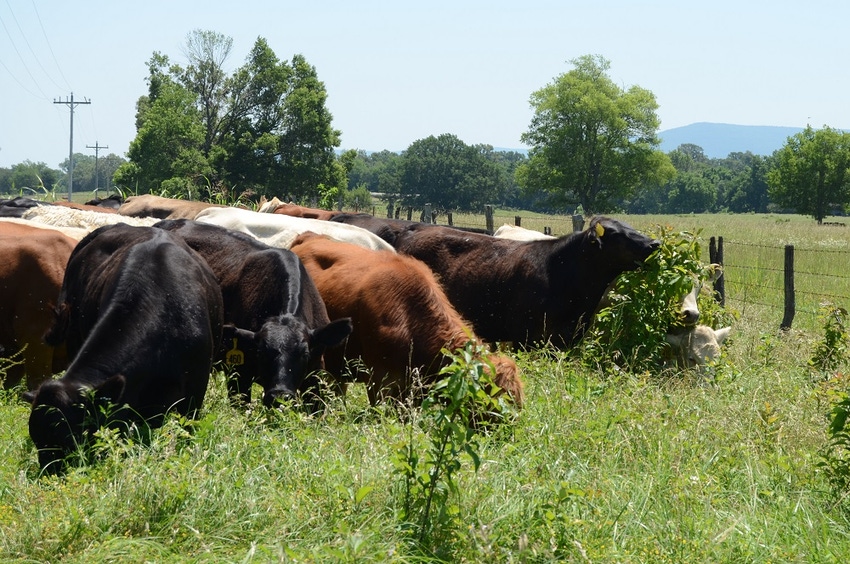
In natural systems death and destruction are a necessity for life. This is a fact concerning most of what we work with in agriculture.
Twenty years ago Mississippi grazier Gordon Hazard told me that wood rots and metal rusts. He doesn’t want a lot of equipment or buildings, or wood posts for good reason, and the reason is costs and maintenance.
Montana grazier Ray Bannister says “the destroyer” has been left in the natural model to give strength to the entire system. He says that up to 10-15% of the peoples in society are criminal by nature and they give flexure to the system. Most of these people are disguised and not easily recognized. They might be politicians, government officials, brokers, preachers, university profs, snake-oil salesmen, writers or veterinarians. Some are cattle traders. The natural system requires all of the above and more.
The understanding and acceptance of this boom and bust in natural systems gives us the ability to flex our muscles and retain strength. Stress is good and is part of the big plan. Everything that lives is eventually headed for death. Our job is to learn the natural model and system and tweak it and live off the excesses that are yielded.
Most everyone agrees that mining can be destructive, whether it is for minerals, timber or organic matter. But the agreement stops shortly after we enter into details. Thoughts change and are varied greatly from one group to another. It is usual to see quite knowledgeable people change sides. I could be rightly accused as being one of these.
Recently I heard of a group called “soil carbon cowboys.” This group is made up of cattlemen and various other wannabes. Their goal is to quickly build and rebuild topsoil and organic matter. Soil organic matter is approximately 60% carbon with the remainder being mostly hydrogen and oxygen. It is a basic cushion for life. In the past it has been the major source of wealth for agriculture. When soil carbon becomes scarce so does profitability. When it's exhausted, folks move to town and look for work.
Agriculture has mined off more than 50% of North America’s soil carbon. In the past it has been taught that soil organic matter and the carbon that drives it cannot be rebuilt. The “soil carbon cowboys” have disproven this for something over a decade.
This reminds me of the difference between the words "think" and "believe." They are not synonyms. To believe is much stronger than to think. To believe means "to adhere to" because there is no reasonable doubt (at least in our mind) concerning the subject. You stick like glue if you really believe. Thinking is a necessity if we are to make forward progress but by definition thinking gives us room for fast change; there is no easy or quick change to beliefs.
From the standpoint of soil carbon, plants require animals and animals require plants. Soil and its organic matter requires both as well as multiple life forms above and below the surface of the ground. People require all of the above mentioned for health and profitability.
Since death and destruction are a necessary principle and a demand of the Maker, we need to recognize some degree of control and methodology of the death and destruction is our job.
If you are in agriculture and decide to become a highly successful “soil carbon cowboy” you will need to totally adapt the natural principles. (Tree hugging is not one.)
Grow highly diverse pastures that include high-energy, high-biomass plants.
Abstain grazing livestock until complete plant recovery is achieved.
High-density, short-timed grazing that results in controlled destruction.
Add the chief needed minerals in small amounts; calcium is No. 1.
Manage for tall warm-season grasses, legumes, forbs, and trees and brush.
Manage away from pure stand of plants often considered “grazing adapted.”
Adopt and adhere to chaos. Do not graze an area at exactly the same time and in exactly the same manner on a regular basis.
Repeat all of the above all through the year, all the time.
Nature does not operate in straight lines or with soft gloves. Nature loves extremes and these exercises are a necessity for real life and growth. We need to learn, understand, and practice Boom and Bust. Destruction is part of the plan.
About the Author(s)
You May Also Like






